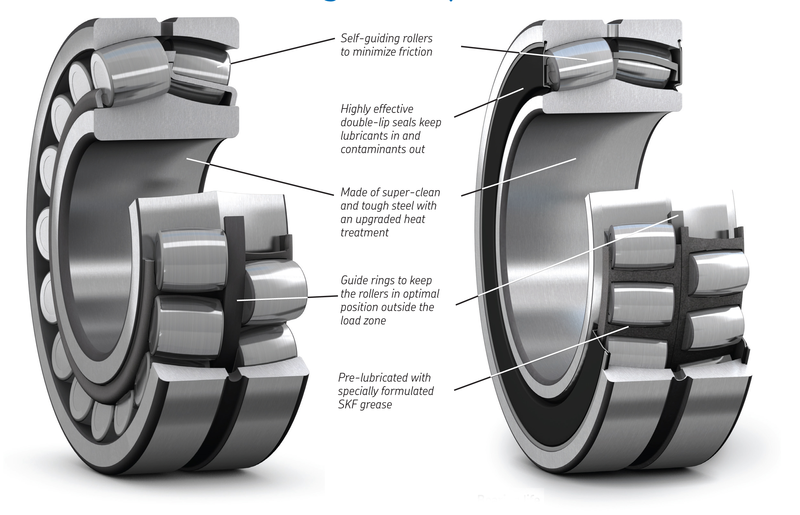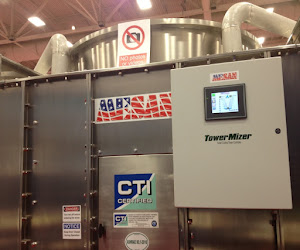Hi Workplace Noise: Dangers, Standards and Remedies;
If you have ever visited a commercial warehouse, factory floor, airport or construction site, to name only a few common workplace environments, you probably experienced some serious noise levels first-hand.
While momentary exposure may not have done you any harm, employees who must spend hours at a time around noise risk permanent hearing damage.
That's why OSHA (Occupational SAFETY AND HEALTH Administration) and other standards for hearing protection exist -- and why businesses must do everything possible to adhere to those standards.
Anatomy of a Noise Problem;
The human ear is lined with an array of tiny, delicate hairs known as cilia. The cilia vibrate in response to sound waves, and this vibration enables the brain to interpret the information as the everyday noises, music or other sounds that surround us every day, but when the cilia are exposed to excessive levels of sound over a period of time, they can lose their ability to vibrate normally, a condition that may be temporary at first and then become permanent with prolonged or multiple exposures.
The results may include tinnitus, an annoying condition that conveys a CONSTANT RINGING or stuffiness in the ears, and temporary or permanent hearing loss. Unfortunately, many people who can simply avoid exposure to loud noise in their personal lives have no such option at their jobs, where they may be forced to endure loud noise eight or mores hours each day for years.
What You Can (and Should) Do;
Governments have long understood the need to protect employees from various forms of danger in the workplace, including the danger of hearing damage.
The Occupational SAFETY AND HEALTH Administration (OSHA), a division of the United States Department of Labour, has noted that noisy environments not only cause hearing damage, but they can also make communication between workers impossible -- an invitation to accidents -- and create an unduly stressful environment.
OSHA regulations therefore call for workplaces to protect workers against noise exposure exceeding 85 decibels in a eight-hour period.
"(For reference, a heavy truck at 15 meters produces about 90 decibels, while a jack hammer can produce 100 decibels.)"
You can determine your workplace's noise level by measuring it with a device that displays an A-weighted decibel reading, the type of reading that corresponds most closely to human hearing perception.
Even reducing the noise level by just three decibels effectively halves the impact on the ears.
If you find that your business produces too much noise for comfort, safety or health, don't panic;
you can implement a variety of measures to maintain a healthier noise level in your workplace. Sometimes the environment itself can be modified;
for instance, an old, noisy piece of equipment can be replaced with a more efficient, quieter one, or an acoustical barrier can be placed between the noise source and the employees.
In cases where this is impossible, employers can issue noise-reducing earplugs, headphones or earmuffs and require workers to use them properly and consistently as a condition of employment.




.png)



.jpg)












